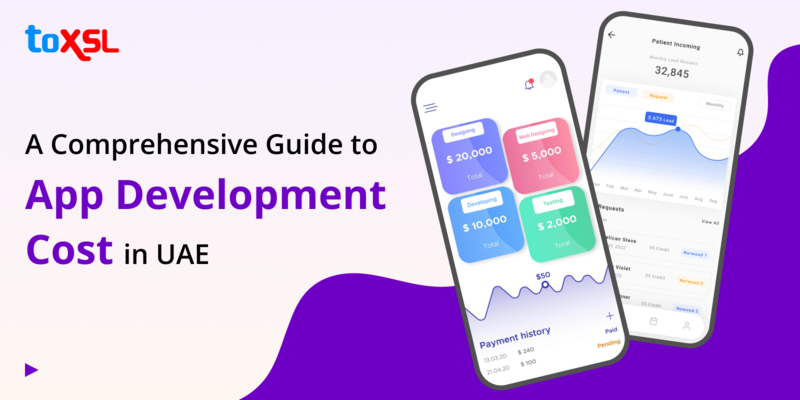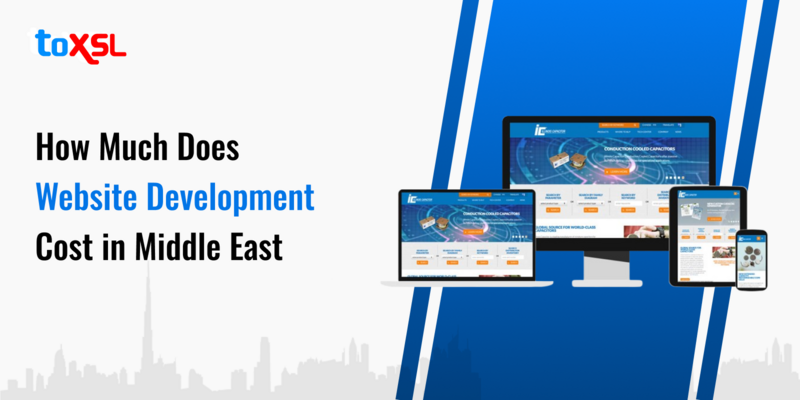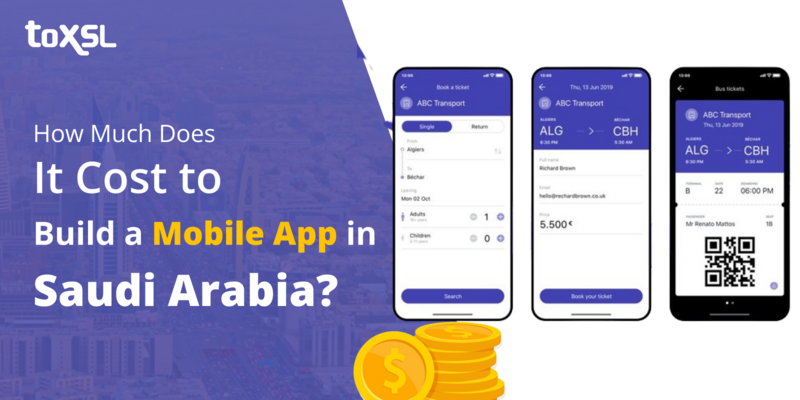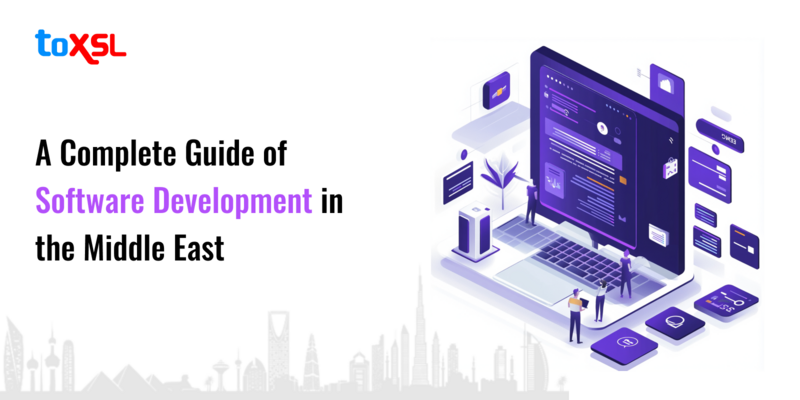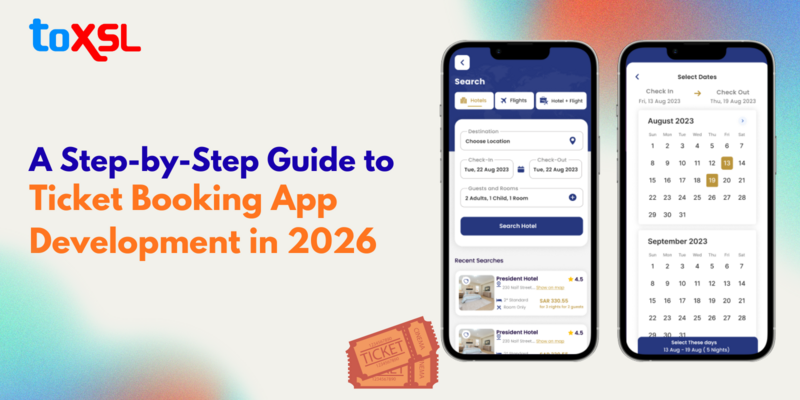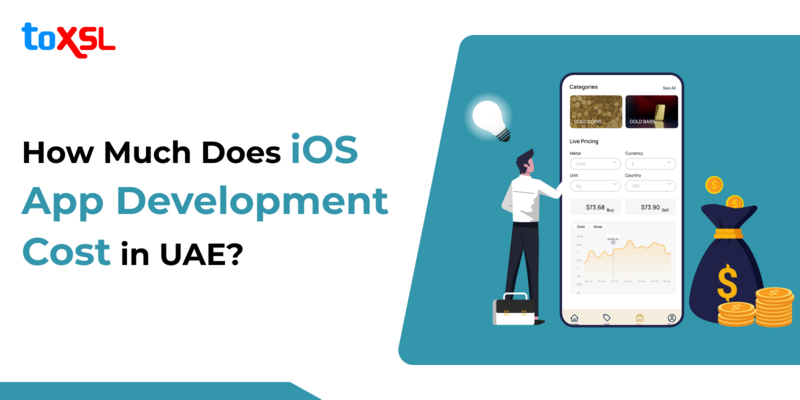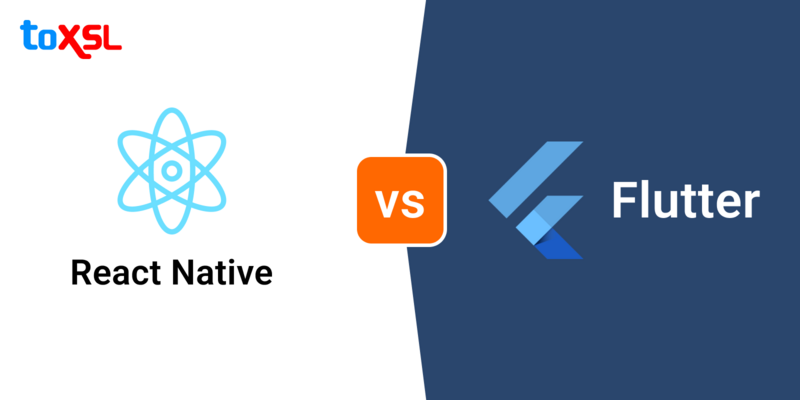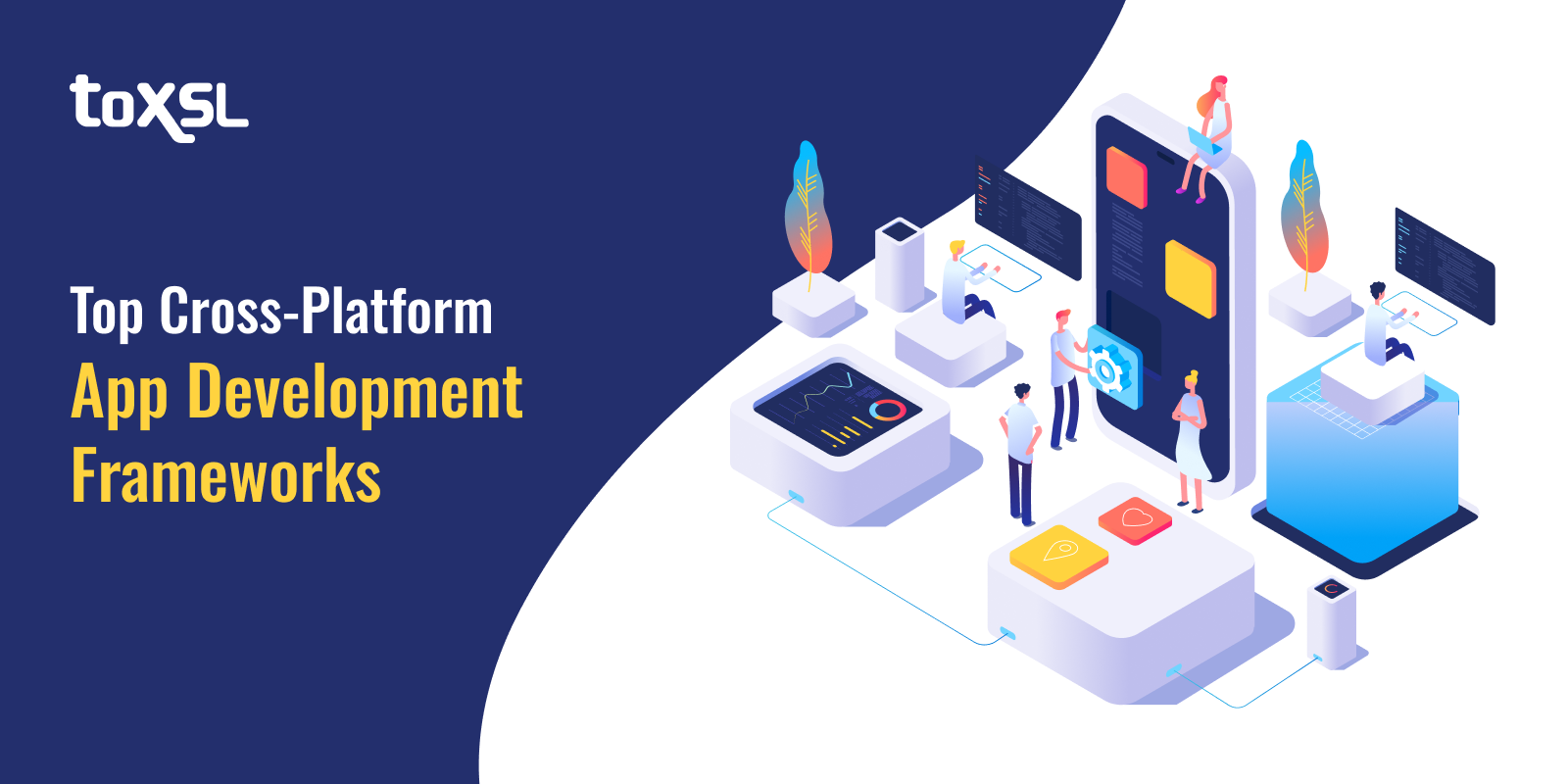
Are you looking to expand business and reach a wider audience? Today, technology is rapidly evolving, and as a result, web and mobile app development are also changing. This has enhanced the need of developing a robust app development platform that can help developers create the most effective solutions in the most cost-effective ways.
According to Persistence Market Research, the global market of cross-platform app development frameworks is expected to reach US$ 546.7 billion by the year 2033, at a CAGR of 16.7%.
The popularity of cross-platform mobile app development is rapidly growing, resulting in the rise of various cross-platform app development frameworks. With so many cross-platform frameworks available in the market, it gets tough to choose the right one for your business. Hence, to make it easier for you, we have put together the list of the best cross-platform app development frameworks for your business.
What Are The Top Cross-Platform Development Frameworks For Mobile Apps?
Cross-platform mobile app development is the best choice for businesses, as it helps developers to create apps that run on various operating systems such as iOS and Android. There are a few popular cross-platform mobile app development frameworks that run perfectly.
1. Flutter: Flutter is an open-source framework developed by Google to help developers create mobile apps for mobile devices, the web, and desktops from a single codebase. Flutter’s adaptability and performance have attracted numerous developers across the globe and allowed them to develop flawless, high-quality apps across various platforms without writing an extra line of code. According to Statista, Flutter is a leading cross-platform framework and is used by 42% of app developers.
Key Features
Let’s discuss the key features of the Flutter cross-platform app development framework.
- Hot Reload: This feature allows developers to track the changes made in the app without restarting it. This accelerates the development process and enables faster iteration.
- Rich Set of Widgets: Flutter has in-built, highly customizable, and pre-designed widgets that are flexible and help developers develop attractive and consistent UI across all platforms.
- Community Support: Flutter is supported by Google and has a huge open-source community where developers can communicate effectively and resolve business queries.
2. Ionic: Ionic is an open-source software development kit (SDK) designed for building performant, high-quality hybrid mobile apps, desktop apps, and progressive web apps using web technologies such as HTML, CSS, and JavaScript. Ionic allows is popular among developers as it offers them the opportunity to create native-like experiences across various platforms while developing mobile apps using a known stack.
Key Features:
Now let’s dive deeper into the features offered by Ionic that make it a popular choice among developers.
- Integration with Frameworks: Ionic allows developers to develop mobile apps using the framework of their choice by easily connecting with Angular, React, and Vue.
- Pre-Designed UI Components: Ionic is a framework that offers a great collection of pre-designed UI components that offer a consistent and user-friendly user experience across various platforms.
- Native Device Features: It is considered a flexible and strong framework for mobile app development. Ionic allows access to native device functions such as the camera, GPS, and a file system with capacitor plugins.
3. React Native: React Native is a framework developed by Facebook, allowing developers to create mobile apps using React and JavaScript. It allows developers to develop apps that can swap the code between Android and iOS platforms using the same code. This helps developers accelerate the development process, helping developers develop the best React-based web development.
Key Features:
React Native offers great cross-platform capabilities that help businesses enhance their performance. Here are a few key features of the React Native framework:
- Component-based Architecture: React Native is built using a system of small, reusable parts called components. This makes it easier for developers to create complex user interfaces (UIs) by combining these smaller pieces.
- Hot Reloading: Hot reloading allows developers to see changes immediately without having to restart the program. This helps them work faster and makes the development process easier.
- Strong Community and Ecosystem: React Native benefits from a large collection of plugins and frameworks, along with a big community of active users. This means that developers have many tools and plenty of support to help them.
4. Xamarin: Xamarin is a framework that is developed by Microsoft, helping developers develop native Android, iOS, and web apps using .NET and C#. Developers are allowed to share code across numerous platforms and access native APIs with Xamarin. It allows seamless interaction with other Microsoft products, making it a popular choice among developers.
Key Features:
Xamarin, one of the most used frameworks among developers, offers a few features such as:
- Shared Codebase: Xamarin allows developers to develop a single codebase that is used on multiple platforms.
- Visual Studio Integration: Xamarin works with Visual Studio to develop a full development environment. This setup includes advanced tools, debugging options, and features for continuous integration and deployment.
- Enterprise Support: Xamarin is backed by Microsoft, which is good for making apps for businesses and works well with .NET libraries and other Microsoft products.
5. SwiftUI: SwiftUI is a UI framework developed by Apple that allows you to develop iOS, macOS, and tvOS apps using Swift. It simplifies UI development with a simple syntax. So, if you are developing apps for the Apple platform, use Swift, as it is directly linked with the Apple ecosystem.
Key Features:
Let us look at the key features offered by SwiftUI:
- Declarative Syntax: One of the key features offered by SwiftUI is declarative syntax. It simplifies UI and behavior description, making code more understandable.
- Seamless Integration with Swift: SwiftUI works well with Swift code, making it easy for developers to create advanced apps by combining Swift's powerful features with SwiftUI's user interface tools.
- Automatic Support for Key Features: It makes apps user-friendly and flexible by supporting dark mode, localization, and dynamic type.
6. Mobile Angular UI:Mobile Angular UI is built by aggregating AngularJS and Bootstrap capabilities. This framework offers developers a simple way to develop hybrid mobile apps using AngularJS.
Key Features:
Let us now look at the features offered by Mobile Angular UI; they are as follows:
- Dynamic App Logic: Using AngularJS, developers can easily incorporate dynamic features and can easily identify the real-time changes that occur in the app.
- Responsive Design: AngularJS ensures that your apps are attractive, user-friendly, responsive, and work well on multiple UIs.
- Lightweight Development: Mobile Angular UI focuses on lightweight designs, helping developers in faster app development and deployment.
Benefits of Using Cross-Platform App Development
Cross-platform mobile app development helps businesses develop the most secure, flexible, and scalable apps for various platforms, including iOS or Android, using a single code base. Here are a few benefits of using cross-platform app development.
Cost-effective: Cross-platform app development is usually cost-effective because developers only need to develop one app that works on both iOS and Android, saving about 30% in costs compared to native development.
Maintenance and Deployment: It is easier and less expensive to maintain and update as there is only one app to manage. Also, any changes or fixes can be applied to all platforms at once, which saves time and effort.
Enhanced Development Process: Developers can work faster because they use a single codebase for multiple platforms. This means they don't have to write the same code multiple times, leading to quicker development and a faster time to market.
Reusable Code: One of the advantages of cross-platform development is that the code can be reused across different platforms. This reduces the amount of new code that needs to be written, making the process more efficient.
Easy Integration: Cross-platform apps can be easily integrated with cloud services, which enhances their functionality and scalability. This allows developers to create apps that can work smoothly with various extensions and plugins.
Conclusion
Now that we have reached the end of the blog, we hope that you understood the difference between various cross-platform app development frameworks. With that, we assume that you will be able to choose the right framework as per your business needs. So, if you are looking to hire the best cross-platform app development that can help you enhance your business to the next level, ToXSL Technologies is here to help.
We are a leading cross-platform app development company helping businesses develop the best mobile apps. Our team of app developers has experience in developing innovative cross-platform app development solutions using various frameworks, helping clients grow their business. Get in touch with our experts and learn how we can help you grow your business.

